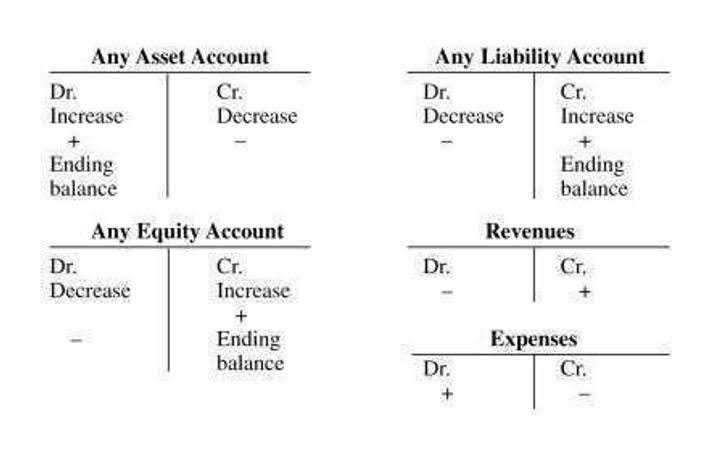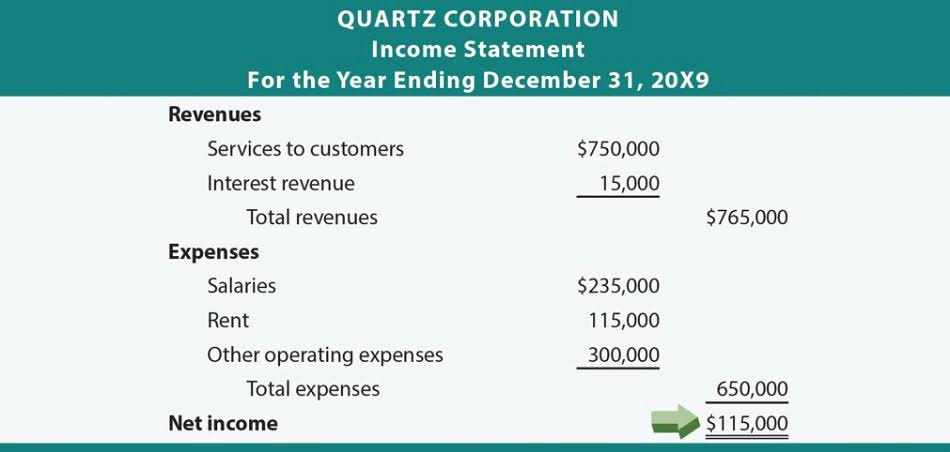How to Start a Coffee Shop in 11 Steps

If you follow the steps above, you should be able to find a software program that will streamline your workflow with a wide variety of user-friendly features. Take a look at some of the best software programs for coffee shops below. Are you looking for the best accounting software for a coffee shop? Looking for restaurant accounting software, take a look at a few of the top options below.
See where you’re spending. Make smart decisions
But if you are short on time and wish to avoid potential mistakes, we highly recommend you use our detailed Excel financial model Spreadsheet included in our Coffee Shop Business Plan template. These expenses are crucial to help you run and promote your Coffee Shop and hence we call them operating expenses. For a coffee shop, they can include the cost of sugar, coffee beans, milk, water, etc. On https://www.bookstime.com/ average, you should spend anywhere from 20% to 25% of your revenues in COGS. After carefully considering these factors, we developed a list of the best coffee shop accounting software programs above. Learn more about what you should look for in an accounting solution below, and find the best restaurant accounting software for a coffee shop to meet the needs of your coffee shop business strategy.
Best Accounting Software For Coffee Shops
Put in place an accounting structure that measures profit and cash flow. You’ll discover that some products are more profitable than others (and it’s not always the ones you expect). Your accounting data is structured into categories – like “brunch revenue” and “packaging costs”. You deduct income tax of £x and employees’ national insurance of £x.
Fast and Flexible Restaurant Payroll Systems
- Unfortunately, bookkeeping can be a tedious process, taking up a significant amount of your time and energy.
- Indeed, the costs that go into producing and sourcing the coffee itself (coffee beans, water, packaging, etc.) are extremely low.
- Each month, your dedicated bookkeeper sorts through your coffee shop transactions and prepares financial statements.
- Since most coffee shops have employees, you’ll also need workers’ compensation insurance.
- If you do not plan to actively work in your coffee shop, you’ll need at least one manager.
- Some might also be able to help you handle your payables and payroll.
How you categorise your costs depends on your business model and preferences. “With the furlough scheme winding down, staff costs are also likely to impact the sector more in the second half of 2021. All businesses must keep records of all their spending and transactions, under the Companies Act 2006. Accountants also often act as a sounding board for business owners’ ideas and issues. When choosing an accountant, look for one who has specialist experience working with cafés and is prepared to work with you long-term to understand your needs and aspirations fully. Meanwhile, accounting goes much further as it also involves interpreting this information to support the business.

- Sage makes no representations or warranties of any kind, express or implied, about the completeness or accuracy of this article and related content.
- This financial statement is automatically generated once you edit your cost and revenue assumptions, hassle-free.
- In this case, you’ll want a shop that caters to food and beverage.
- See our guides to advertising a job and writing job descriptions to help you staff up your coffee shop.
- On average, expect to spend 15 minutes each month answering questions for your bookkeeper, or uploading supporting docs.
- One of the most impressive coffees we’ve tasted.We think you’ll be impressed too.
For example, popular food service POS providers Toast and Square for Restaurants both offer a baseline POS with no monthly software fees. Toast also gives you the option to pay as you go for hardware, so you can get started for $0 upfront. Coffee shop FF&E includes everything from your espresso machines and refrigerators to light fixtures and countertops. For your convenience, you can download the Coffee Shop Business Plan template that is provided below.
What is the average profit margin for a coffee shop?
Xero offers an integrated payroll solution if you also use their accounting product. I’ve used lots of payroll systems over the years and Xero is definitely the most quirky, but coffee shop accounting they have tried to create a product that works well fot non-accountants. I could make the best latte art around and the foam on my caps was the fluffiest you have ever seen.
It involves getting accurate COGS (Cost of Goods Sold) and having the right process to track wasted and complimentary products. These issues could significantly skew your books if not managed correctly. Bench understands these unique challenges faced by coffee shop owners. We go beyond simply handing off complex financial information—we provide clear, actionable insights so you can make the best decisions for your business. With Bench, you get access to real-time financial data that can supercharge your coffee shop business. With a coffee shop startup costs spreadsheet, you can input your projected sales, taking into account factors such as location, target market, pricing strategy, and competition.




